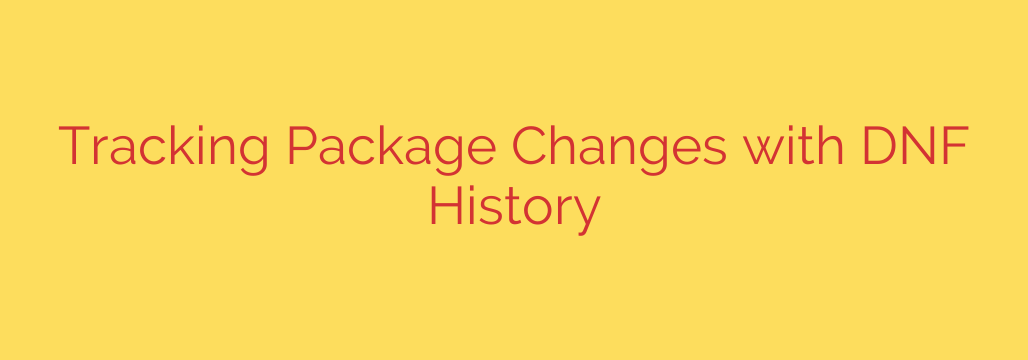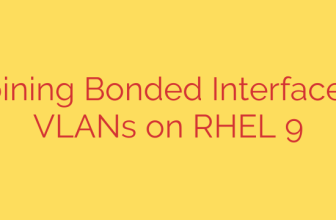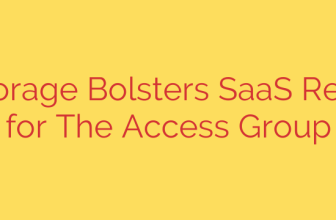
Managing your Linux system effectively means keeping track of every change, especially when it comes to software packages. Knowing exactly what was installed, updated, or removed is crucial for maintaining stability and troubleshooting issues. Fortunately, the DNF package manager comes equipped with a powerful built-in history feature that records every transaction, providing a detailed timeline of modifications to your system’s software state.
This history is not just a simple log; it’s a valuable tool for system administrators and users alike. By accessing the DNF history, you can easily review past operations, identify changes that might have caused problems, and even revert your system to a previous state.
To get started, the command dnf history list (or simply dnf history) provides a chronological overview of all package transactions. Each entry includes a unique transaction ID, the date and time of the operation, the type of action performed (like install, update, or remove), and how many packages were affected. This initial list gives you a high-level view of recent system changes.
For a deeper dive into a specific transaction, you can use the command dnf history info <transaction-id>. Replace <transaction-id> with the ID from the list. This command reveals the specific packages involved in that transaction, detailing which ones were installed, updated, or removed. This level of detail is invaluable for diagnosing conflicts or understanding system state changes.
Curious about which packages were installed explicitly by a user rather than pulled in as dependencies? The dnf history userinstalled command provides this specific list, offering a clear view of the applications intentionally placed on the system.
One of the most impactful uses of the history feature is the ability to manage errors. If a recent package update or installation causes unexpected problems, you can use dnf history undo <transaction-id> to attempt to revert the system back to its state before that particular transaction. This can be a lifesaver for recovering from problematic software changes without extensive manual work.
Conversely, if you’ve undone a transaction and decide you need those changes back, the dnf history redo <transaction-id> command allows you to reapply the operations from that specific history entry.
Utilizing the DNF history commands provides unparalleled transparency and control over your system’s package management. Mastering this feature is fundamental for efficient troubleshooting, maintaining system integrity, and confidently managing your software environment. It’s an essential skill for anyone working with DNF-based distributions.
Source: https://infotechys.com/understanding-dnf-history/








